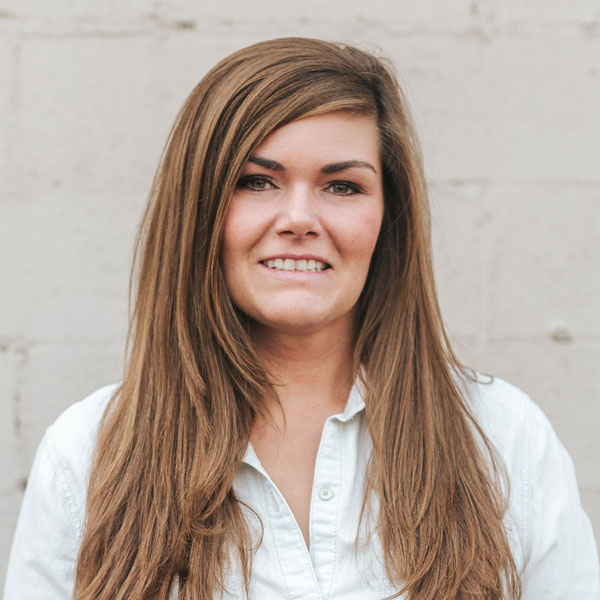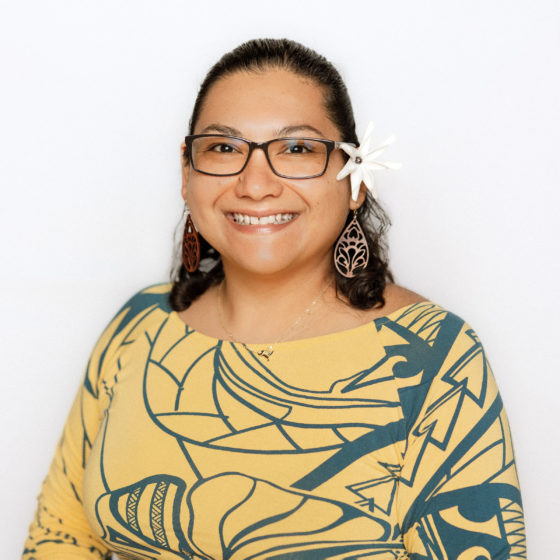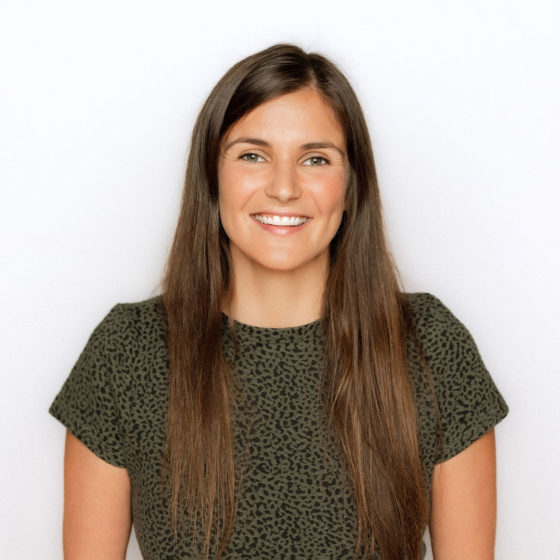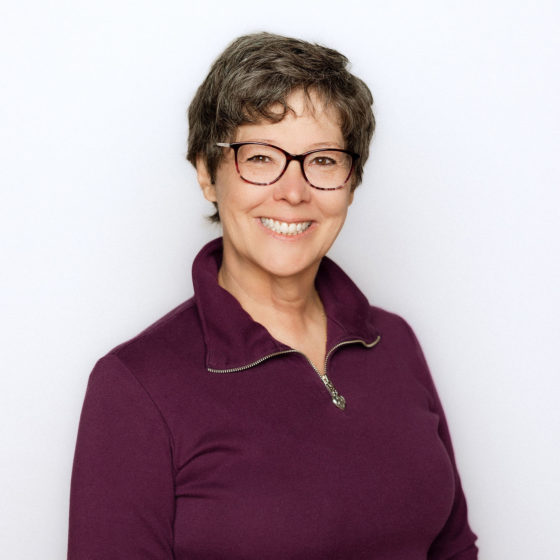Note: This story is one of four on where Idaho’s at-risk students are thriving and what those districts and charters are doing differently. Learn about where those bright spots are, one district’s unique approach to Mondays, and another’s innovative support system for students, teachers, and community members.
GARDEN CITY — Amanda Cox is determined to upend common narratives about what’s possible for vulnerable student groups.
Cox believes that all students have unlimited academic potential, even if they face setbacks like learning English, having disabilities, or coming from a lower socioeconomic background. That philosophy is the foundation of Future Public Charter School, which she co-founded six years ago.
And Cox knows charter schools are often criticized for not catering well to underserved students. She acknowledges that the criticism is often deserved, as many small charters can’t compete with the special services and resources provided by much larger school districts.
But she and her staff are trying to prove that wrong, too.
“We are centered on being a proof point of what’s possible for all kids in Idaho,” she said. “We are guided by equity as a central value.”
And standardized test scores show that the approach is working.
At-risk students tend to underperform on standardized tests when compared to their peers, but at Future Public, those same students are often beating state averages and sometimes are among the state’s highest achievers for their subgroups.
Via intentional efforts to prioritize diversity, train teachers, and close academic achievement gaps, Future Public is elevating at-risk students.
Diversity by design
Cox is proud of her student body’s diversity, and said it was no accident.
Boise has historically been a refugee resettlement site, welcoming newcomers from countries all around the world. Cox and her team have made efforts to recruit from those communities by working with nonprofits, churches, mosques, and families. The year the school opened, school leaders held a summer camp to model their curriculum and approach to teaching and learning. The families whose children attended that first year have since spread the word about Future Public to friends and neighbors.
“We built authentic, trusting relationships with different gatekeepers within those communities,” Cox said.

Now, Future Public has students hailing from Turkey, Syria, Somalia, and various countries in Northeast Africa. Bantu and Arabic are among the most common languages spoken at home, and Future Public has an Arabic translator on staff.
School leaders have also ensured that transportation and meals are provided so families of all socioeconomic statuses can attend (some charters require families to drive and feed their children). The Boys & Girls Club provides daily meals, and families can apply for free and reduced-price lunch. Brown Bus Company provides transportation to students who live within certain boundaries.
“Those were strategic decisions,” Cox said. “We can’t say we want to create this diverse community and be a proof point, but not also provide the structure and support systems to make it accessible.”
And the school staff has worked to destigmatize special education — which is instead called diverse learning.
Dolly Higgins, a math coach at Future Public, said the term “special education” can make students feel like they don’t belong. Reframing helps.
“We all have strengths and we all have challenges,” Higgins said.
Here’s a closer look at the school’s demographic information:
—About 45% of the student body qualifies for free or reduced price lunches
—12% of students have limited English proficiency (and Cox said about 1 in 5 speak a language other than English at home)
—63% of students are white; 14.2% are Black; 11.4% are Hispanic; 6.2% are Asian, 4.6% are two or more races, and 0.3% are American Indian
—14-16% of the student body qualifies for special education
The school’s racial diversity is one reason Chelsey Ueno, who is also the school’s office manager, wanted her son to attend Future Public.
Ueno grew up in Hawaii and attended a diverse school, and wanted the same for her child.
“My son is mixed, so we wanted to make sure that he was in a place where he would feel comfortable and wouldn’t feel out of place,” Ueno said. “It’s just hard if you’re the only one … it’s hard to connect sometimes.”

The school has also adopted an anti-racism approach to learning.
“There are systems and processes in our world that are not equitable and just for all people (including education),” Cox said. “Even if we look objectively at data we can see that not all kids are getting the same experience or reaching their full potential, and that’s just not okay.”
But the data at Future Public is starting to tell another story.
What the numbers say: Future Public, and its at-risk students, outperform peers
When compared to similar students across the state, Future Public’s at-risk populations stand out for their academic achievement.
Its at-risk students outperformed state averages for proficiency in five different areas. In three, its at-risk students performed in the top 10 of all districts statewide.
| Student group/subject area | Statewide % of students who scored proficient or better | Future Public School % of students who scored proficient or better |
| Limited English proficiency/ELA | 11.9 | <58 |
| With disabilities/ELA | 15.1 | <48 |
| African American/math | 19.1 | <56 |
| With disabilities/math | 12.3 | <48 |
| Migrant/math | 15.7 | <58 |
*Top 10 scores (statewide) are bolded. The State Department of Education provides percentages that are often inexact, and include < and > signs, to protect student privacy.
And the school similarly outshines its fellow charters.
EdNews mined 2022 Idaho Standards Achievement Test data to see where the most at-risk students were performing well, and Future Public was the only charter school to rank among the state’s best.
Cox wasn’t surprised at being the only charter on the list.
“Often in the charter space, there’s not even a myth or a narrative — but there’s a reality — that those students within a special education program have not always been best served,” Cox said.
But it’s not that charter schools don’t care about those students.
Rather, many charters are single schools that don’t necessarily have the scale or resources of large, traditional school districts. And admittedly, it’s been tricky for Future Public to find a way to offer all that a diverse group of students needs to be successful.
So, Cox and her staff have gotten creative and sought help via outside partnerships.
Some of Future Public’s partners include:
Teach for America
Boys and Girls Club
Garden City Early Learning Collaborative
Giraffe Laugh Early Learning Centers
Garden City Library
Genesis Community Health
Boise State Regional Math Center
Boise State University College of Education
University of Idaho 4H extension
Charter School Growth Fund
The State Department of Education’s Cultivating Readers program
And the school attributes its successes to other factors as well — like offering all-day kindergarten, setting aside one day a month to train teachers, and focusing on early math and literacy skills.
“We’ve started to really see the momentum,” Heather Efaw, the school’s assistant principal, said. “And it’s not that we’re doing anything radically different … but we’ve just stayed really focused on great core instruction and having interventions and supports in place.”

A math classroom where everyone belongs
Higgins, the school’s math coach, said she works to “lift up students to feel like they have a math identity and they belong in the conversation.”
It’s common for students and parents to feel like they don’t belong in a math classroom, or they’re not good at math.
“That closes a lot of doors for them early on,” Higgins said.

So she works with teachers to ensure they are honoring students’ ideas, making them feel safe and included in the classroom, and recognizing different cultural influences and experiences.
For example, many of the school’s refugee students are “inspired by the brilliant contributions” of Arabic mathematicians.
“Hearing the stories of ‘someone like me’ can also help children feel like they belong — and that they can persevere when things are hard,” Higgins said. “The stories of Temple Grandin, the Navajo Code Talkers, Terry Tao, Katherine Johnson, and others are alive in our math community at Future. “
Another example: English language learners may not feel like they can access the specific math language that’s needed to be successful, so teachers use visual models to help bridge language gaps.
“We’re trying to show that a school can make a difference for students who have trauma in their background, who have not had advantages, who might have language or learning challenges,” Higgins said. “That mission is priority one … that’s just the center of every single thing we do.”
You may also be interested in
